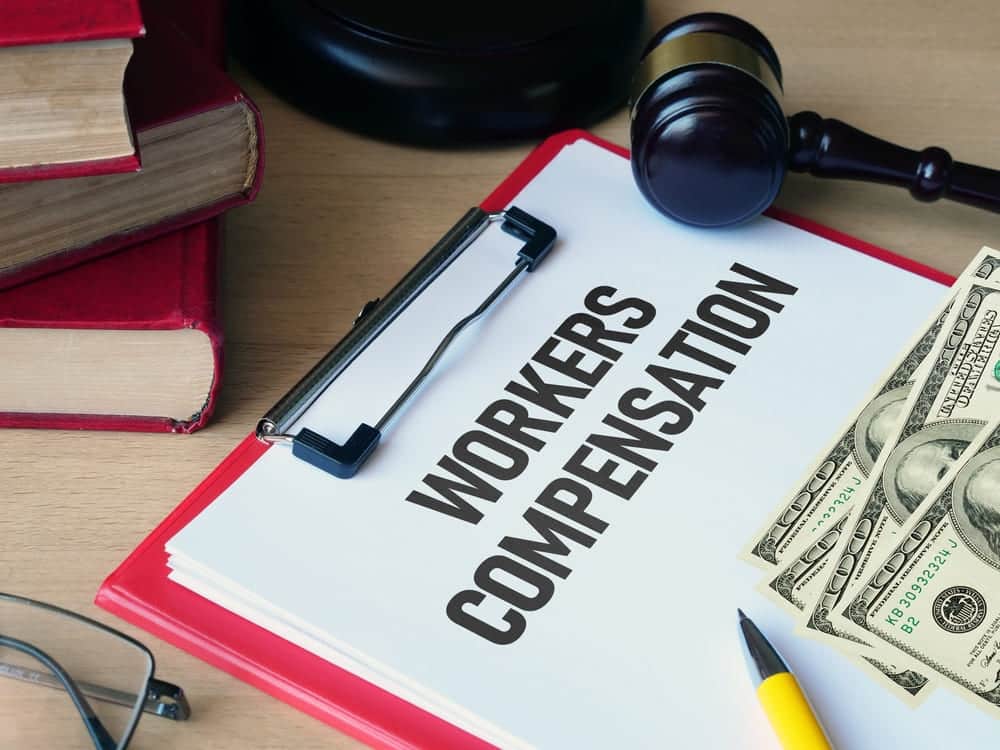When you’re injured at work, navigating a workers’ compensation claim can feel overwhelming. Understanding the differences between union and non-union claims helps you protect your rights and pursue an appropriate settlement based on your level of workplace protection.
A workers’ compensation attorney in New York from Pyrros, Serres & Rupwani can guide you through this complex process. In this guide, we’ll explain how claims vary for different protection level statuses.
Non-Union Worker Protections
Non-union workers are protected by federal and state labor laws, including OSHA regulations and state requirements. These laws establish minimum safety standards, injury reporting procedures, and benefit requirements that all employers must follow, regardless of status.
Because non-unionized employees do not enjoy protection from additional overarching entities, they must rely on state and federal regulations for workplace safety. These protections include:
- The right to a safe workplace under OSHA regulations
- Mandatory workers’ compensation benefits and insurance coverage
- Protection from retaliation for reporting violations or filing a workers’ comp. claim
- Access to state labor boards for addressing workplace issues
Because these basic protections exist, employees typically handle injury claims independently or with private legal representation rather than through contract channels.
Do Union Workers Have Additional Protections?
A labor union is an organized group of workers who collectively bargain with employers to negotiate wages, benefits, and workplace conditions. These organizations work to protect their members’ interests through legally binding contracts called collective bargaining agreements.
Union workers typically have additional layers of protection when filing injury claims. Labor coalitions negotiate contracts that often include specific provisions for workplace safety standards and injury reporting procedures.
The key differences in protections for these employees include the following:
Collective Bargaining Agreements and Safety Protocols
Collective bargaining agreements often provide specific guidelines for workplace safety that go beyond standard OSHA requirements. These agreements detail exactly how employers must maintain safe working conditions, what protective equipment they must provide, and the specific procedures for reporting concerns.
Contracts typically include mandatory training programs, regular workplace inspections, and clear documentation requirements for any incidents. These detailed protocols help prevent injuries and create a clear paper trail when accidents do occur. If you’re injured due to a violation of this contract, your path to compensation is quite clear.
Representative Advocacy During Claims
Coalition representatives may serve as dedicated advocates throughout the filing process. They attend medical appointments, help document injuries, and ensure proper filing of all necessary paperwork. This advocacy helps protect the rights of work accident victims and ensures they understand all available benefits.
Representatives may also maintain detailed records of workplace conditions and previous safety incidents, which can provide valuable context for current cases. They’re trained to identify potential issues that could affect a claim’s outcome and can intervene early to address problems.
Safety Violation Response Channels
Unions establish clear pathways for reporting and addressing safety violations. When employees identify hazardous conditions, they can report these through organization channels without fear of retaliation. The coalition then works with management to resolve hazards promptly.
These established channels include safety committees, regular workplace inspections, and formal procedures for documenting and addressing violations. This systematic approach to safety helps prevent future injuries and strengthens claims when accidents occur.
Supplemental Insurance Coverage
Many unions negotiate additional coverage beyond basic workers’ compensation insurance. This supplemental coverage may include extended salary and/or disability benefits, additional medical coverage, and specific provisions for occupational diseases.
Supplemental insurance often fills gaps in standard coverage, providing benefits for situations that might otherwise leave victims financially vulnerable. This could include coverage for alternative treatments, rehabilitation services, or long-term disability support not typically included in standard policies.
The Impact on Claims Processing and Benefits When Unionized
The claims process and available benefits can vary significantly between the union and non-union sector. Membership may affect how quickly cases are processed and what support victims have during recovery.
Some of the key differences in claims processing may include the following:
- Support staff assist members in photographing injuries, collecting witness statements, and submitting required documentation within mandated timeframes, ensuring all records and incident reports comply with state regulations.
- Contracts include specific provisions that outline salary levels, job duties, and workplace accommodations during the recovery period, protecting employees from being pressured to return before they’re medically cleared.
- Modified duty agreements spell out exact job functions, physical requirements, and duration of light-duty assignments, with regular evaluations to assess progress and adjust work restrictions accordingly.
- When cases face denial, organizations provide structured appeal processes that include consultation with insurance professionals, assistance in gathering additional evidence, and representation during administrative hearings before the workers’ compensation board.
Looking at the Medical Care and Disability Coverage Differences
Medical expenses and coverage through a workers’ compensation claim provide essential healthcare support, but the process varies significantly between protection statuses. Coalition contracts establish relationships with specific healthcare providers, outline approved treatment protocols, and often include coverage for specialized treatments that might not be readily available to non-protected employees.
Benefits for members may frequently extend beyond standard compensation payments through supplemental disability coverage and wage protection programs. Contract agreements often preserve pension contributions and health benefits during recovery periods, preventing gaps in important benefit coverage while victims heal.
Long-term care options and disability benefits also differ substantially between protection statuses. Contracts frequently include provisions for permanent disability situations, establishing clear pathways for ongoing medical care and rehabilitation services.
Legal Support and Representation Rights
Legal representation can strengthen any workers’ compensation claim by ensuring proper documentation, timely filing, and protection of essential rights throughout the process. Attorneys familiar with New York workers’ compensation law can guide injured victims through complex paperwork requirements, help gather necessary medical evidence, represent their interests during hearings, and navigate appeals if cases face denial. They also advocate for appropriate medical treatment and fair settlements while protecting employees from potential retaliation.
Members may want to work with specific attorneys who have established relationships with their organization and understand the union’s collective bargaining agreement’s requirements. These attorneys often have experience handling similar cases within the industry and can coordinate with coalition representatives throughout the claims process.
While members might have access to pre-approved legal services through their contracts, both types of employees benefit from seeking counsel who understands the nuances of workplace laws and can advocate effectively for their interests during administrative proceedings.
Reporting Workplace Injuries and Documentation
The injury reporting process varies based on your unionized status. Depending on your contract, you may need to follow specific protocols outlined in your agreement.
Regardless of your status, you must follow specific steps to protect your health, safety, and rights. We recommend the following:
- Seek immediate medical attention for any serious injuries.
- Report the injury to your supervisor verbally and in writing within 24 hours.
- Document the accident scene with photos, if possible, when it is safe.
- Note the date, time, and exact location of the injury.
- Collect the names and contact information of any witnesses.
- Request copies of all accident reports and medical records.
- Keep detailed notes about conversations regarding your injury.
- Follow all treatment plans and attend scheduled appointments.
- Save receipts for any out-of-pocket expenses.
- Contact your union representative (if applicable) or legal counsel for guidance.
Your Partners at Pyrros, Serres & Rupwani
Filing a workers’ compensation claim requires careful attention to detail and understanding of your rights. Before starting your claim, review these common workers’ compensation claim mistakes to avoid potential issues.
We understand the complexities of both union and non-union claims in New York. Our team supports injured victims throughout the claims process, offering dedicated representation and comprehensive guidance. Call Pyrros, Serres & Rupwani at (718) 626-7730 for assistance with your claim in New York.



